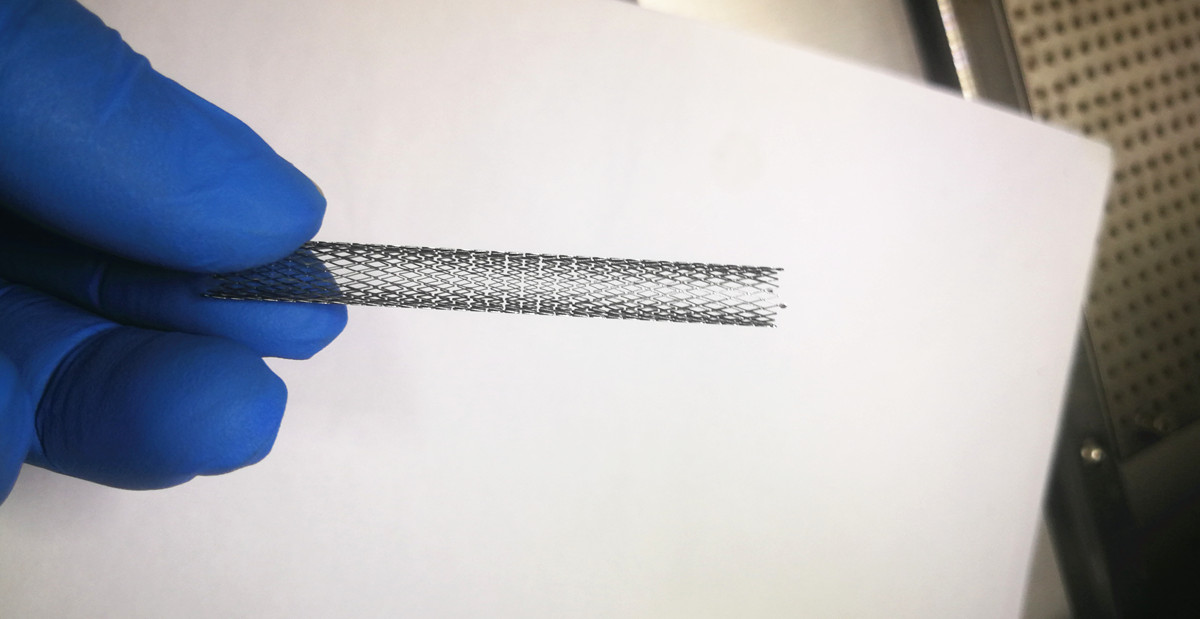Types Of Stent Coatings
Types Of Stent Coatings – Drug-eluting Stent Coatings – Cheersonic
There is a variety of stent coatings with differing performance profiles that have been studied either in animal studies or clinical trials. The stent coatings can be broadly classified into three types: biocompatible coatings, drug-delivery coatings and polymer-free coatings/surfaces. Since metallic stent platforms will release ions after implantation and thus lead to inflammatory reactions, the initial stent coatings served only as an ion release barrier, with good compatibility on the stent surface. These coatings are mostly inorganic materials that usually have no capacity to carry drugs that may interfere with intima proliferation induced by artery injury with stent placement. To conquer this difficulty, biocompatible polymer coatings were developed and have been successfully coated on the stent surface as a drug carrier, to store and elute pharmaceutical agents to the lesion site. However, polymer coatings are considered one of the key factors that lead to thrombosis. Therefore, a series of strategies were employed to develop polymer-free stent coatings/surfaces. Considering the burgeoning development of nanotechnology, coating nanomaterials on the stent surface or modifying the stent surface in nanoscale is a novel and promising approach. Nanoscale is usually defined as smaller than 0.1 μm in at least one dimension, although this term is sometimes also used for materials smaller than 1 μm. Thus, the words with a nano- prefix in this paper mean that the dimension size of the material, the pore, the pattern, the particle and even the thickness is in nanoscale.

